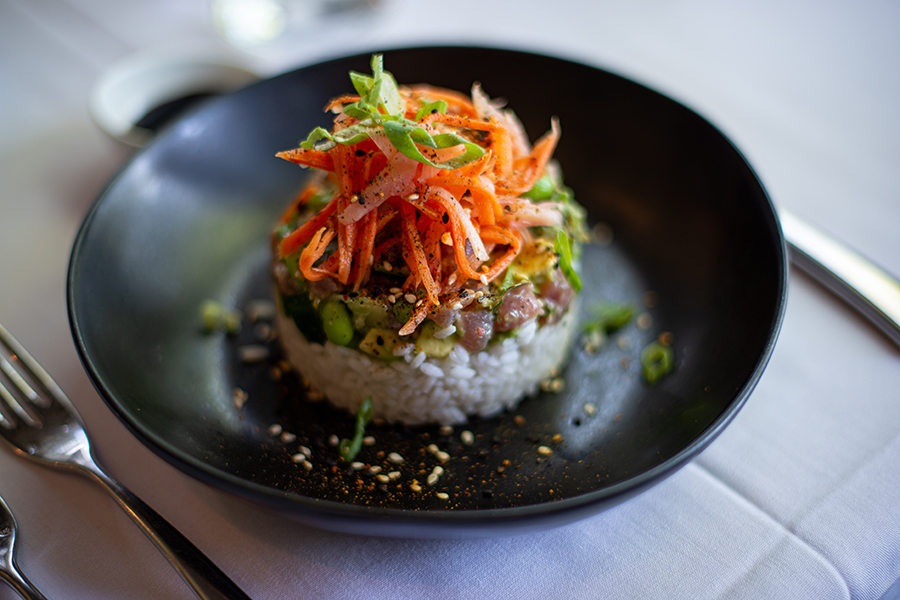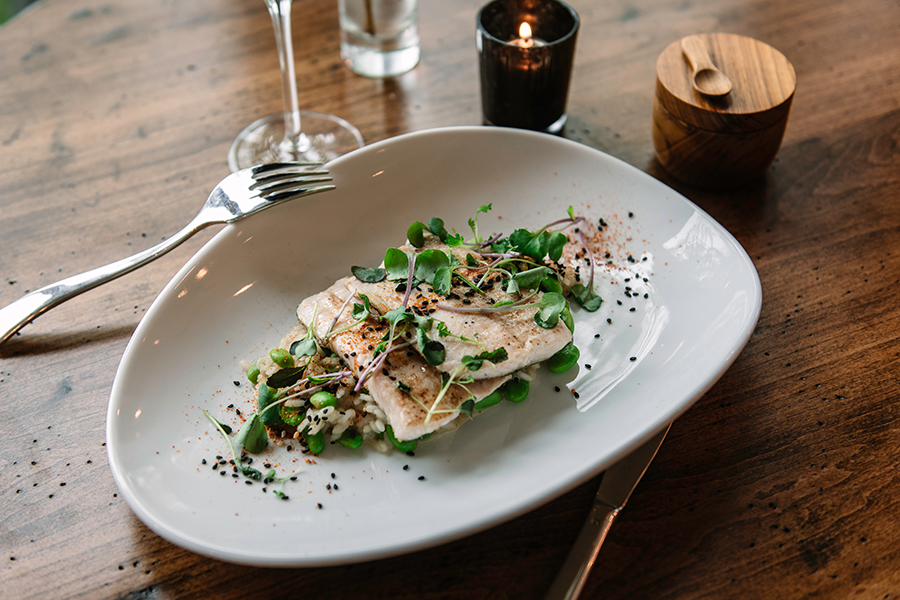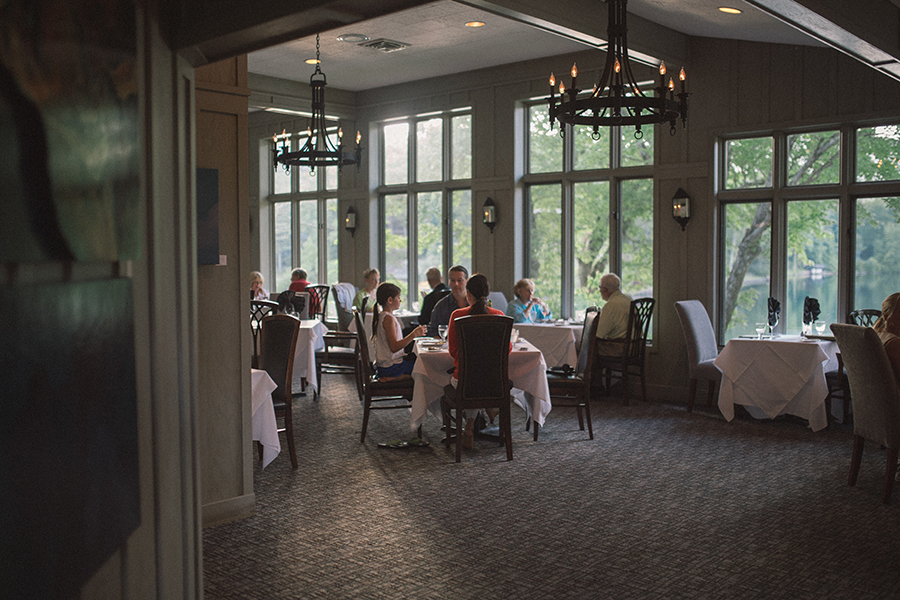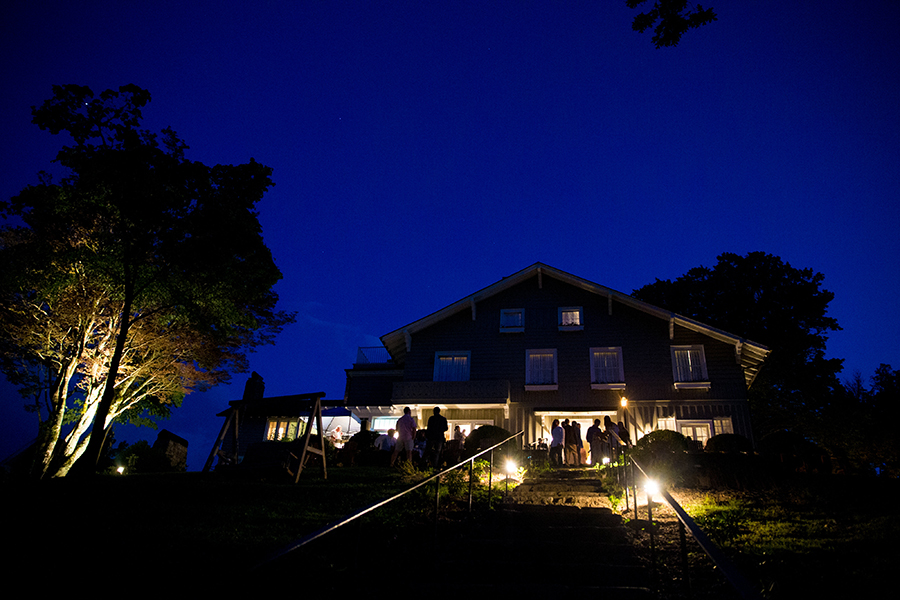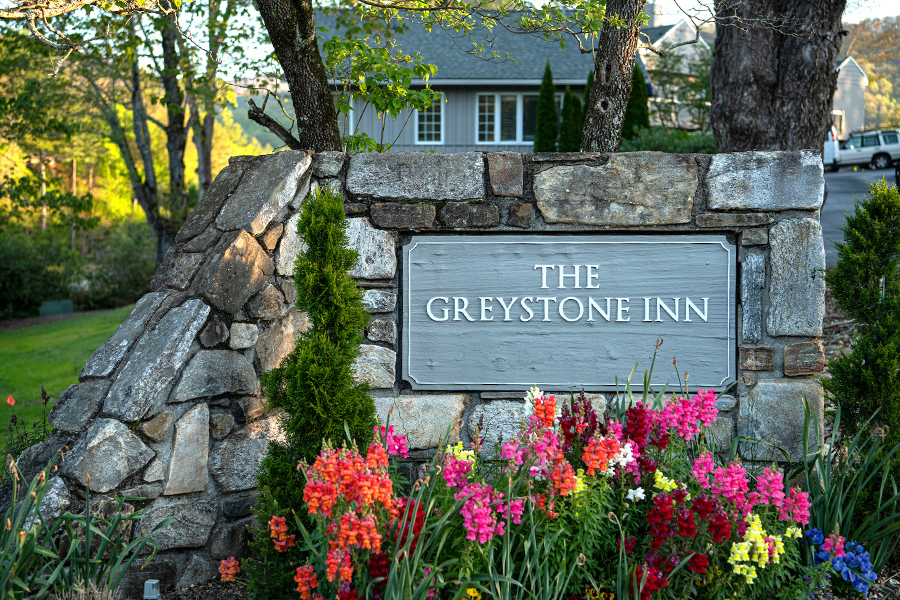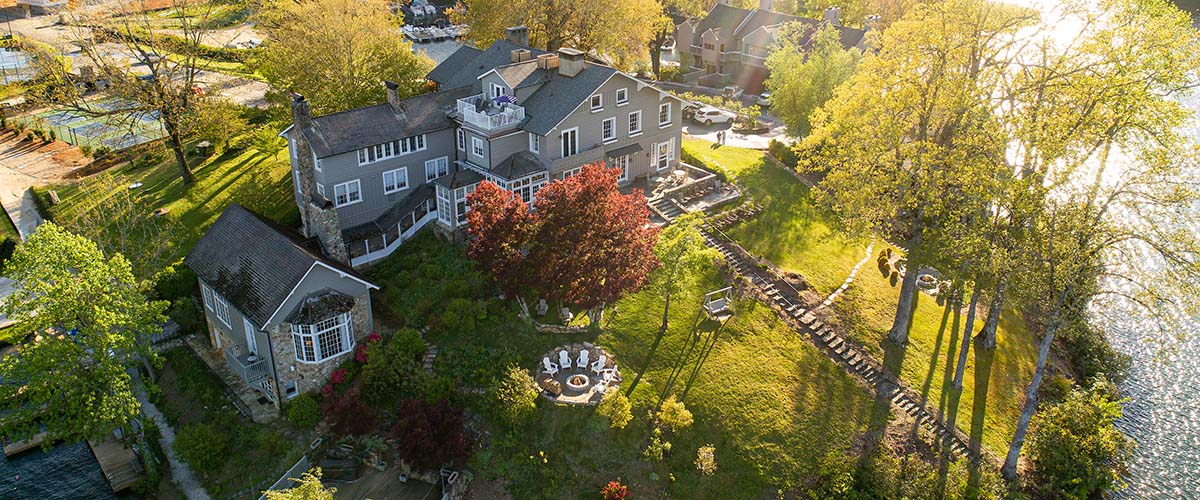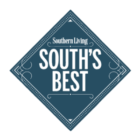Lake Toxaway’s Indigenous History: Keith Parker
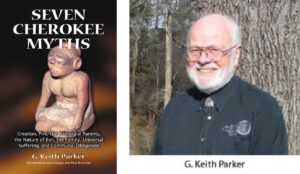
G. Keith Parker, PhD, is the author of Seven Cherokee Myths: Creation, Fire, the Primordial Parents, the Nature of Evil, the Family, Universal Suffering, and Communal Obligation. He graciously answered several questions regarding the indigenous history of Lake Toxaway. This interview has been edited for length and clarity.
Can you give us a brief overview of the history of Native Americans in the Lake Toxaway region?
“The Toxaway area was inhabited exclusively by the Cherokee people, which made up the largest tribe in the Southeast. They were located in eight present states and dominated this part of Western North Carolina, upper Georgia, and upper South Carolina. They were a mountain tribe, called such by other tribes.”
Prior to colonization, what was daily life like for Native Americans around Lake Toxaway?
“They lived peacefully in small family groups, scattered over areas to allow farming, fishing, hunting, and sports with nearby groups. They grew together ‘the three sisters’ (corn, beans, and squash) as their main food since the crops grew on the same ground. Most likely, the main staple was corn. ‘Selu,’ or corn mother, was a major spiritual figure in their powerful myths. They were marksmen with their blowguns that they used for smaller animals and birds, as well as competitive target shooting. Special preparation was necessary to take big animals since they were considered kin. They were to be thanked for their sacrifice to feed humans.”
How did their lives shift over the course of colonization, including the Trail of Tears?
“The arrival of Europeans was a disaster immediately and long range. In 1738, a century before the forced removal named the Trail of Tears, over half of the Cherokee people died of European disease — mainly smallpox. The inability of their own Cherokee rituals to cure this helped pave the way for eventual missionaries from Europe with medicines.
All treaties with colonists were broken, even with the Colonial Governor Tryon who let them ‘keep’ the land west of Tryon Mountain in today’s Polk County before the Revolutionary War. The worst, however, was the forced removal of over 16,000 Cherokee from their homes ordered by President Jackson. In my lifetime, many modern Cherokee would not use twenty-dollar bills with Jackson’s image on it. More than 4,000 men, women and children died on that forced march to the territory now called Oklahoma.
A Cherokee pastor, Rev. Busheyhead, buried thousands and ministered as he could. His Busheyhead descendants are still active leaders in the old homeland. The late Rev. Robert Busheyhead, who helped revive and restore the Cherokee language for the Eastern Band, also helped give Cherokee names to roads and locations in Transylvania county locations, such as the Connestee Falls Development.”
How has Cherokee history been passed down and preserved through oral tradition?
“Cherokee history and culture have been passed down in re-learning their language, once forbidden by the government and in their schools. The Museum of the Cherokee People is excellent, very modern, and tells their old story, as does the outdoor drama Unto These Hills. Notable is the work of former Principal Chief Joyce Dugan, who also wrote a forward to my book. She was in education before becoming chief and really strived to have their history told and taught. James Mooney was part Native American and a member of the Bureau of American Ethnology. He lived with the Cherokee, learning their language so he could record their oral tradition and stories. His work is the standard for seeing those: History, Myths and Sacred Formulas of the Cherokees.”
Find Keith’s book, Seven Cherokee Myths, here.

